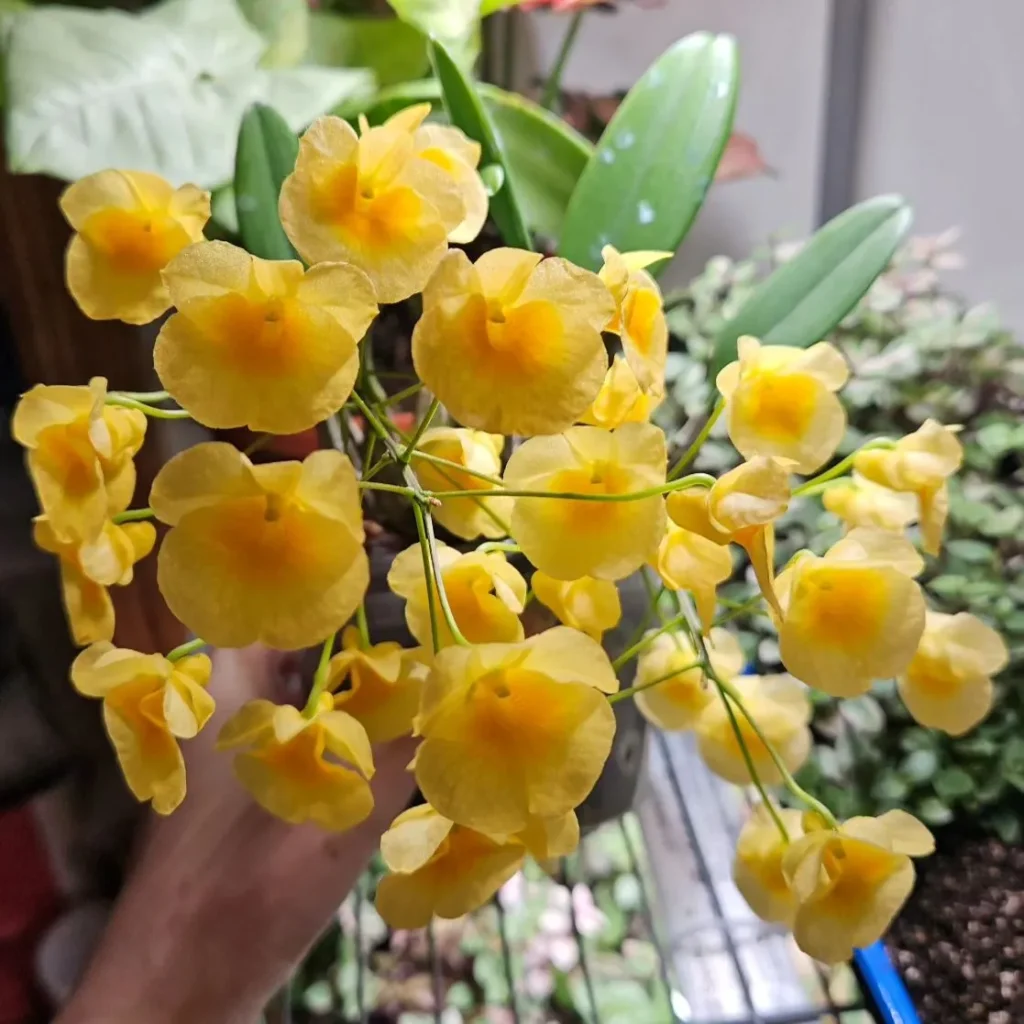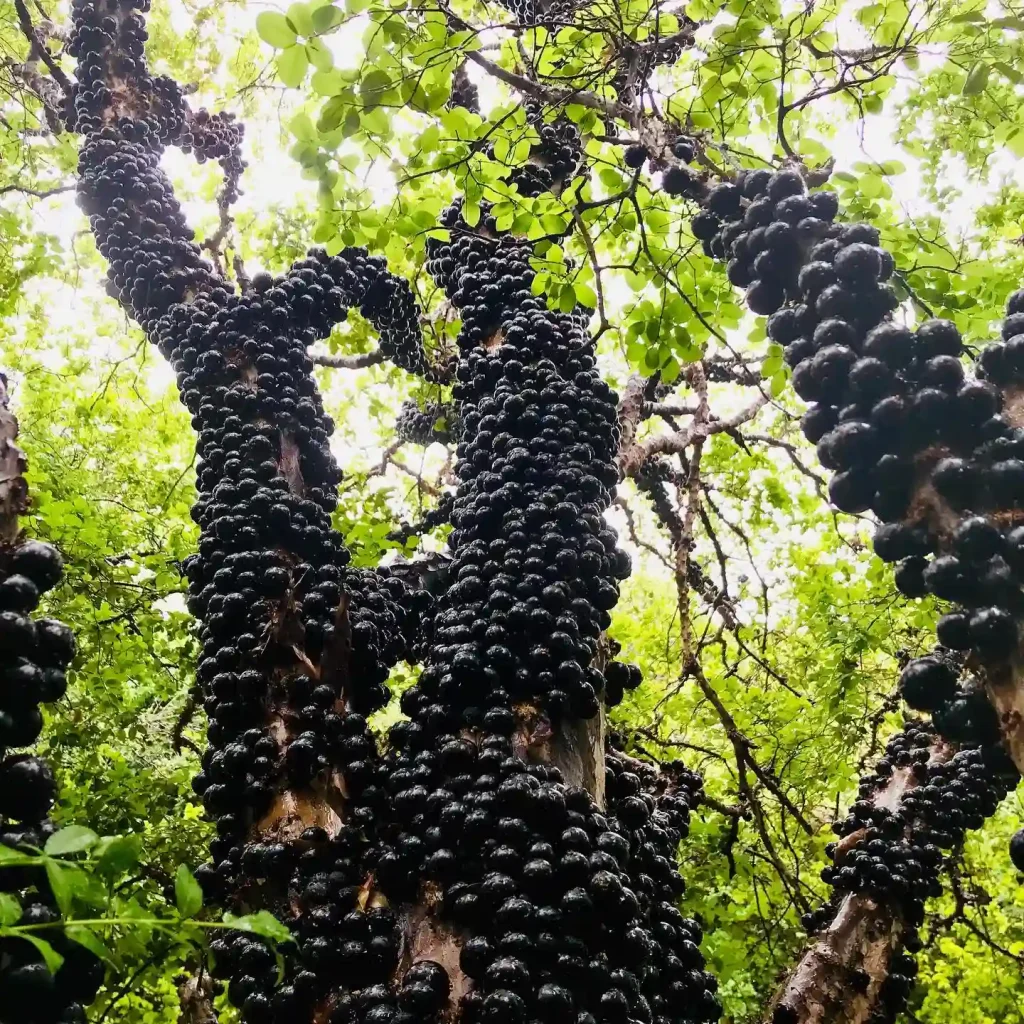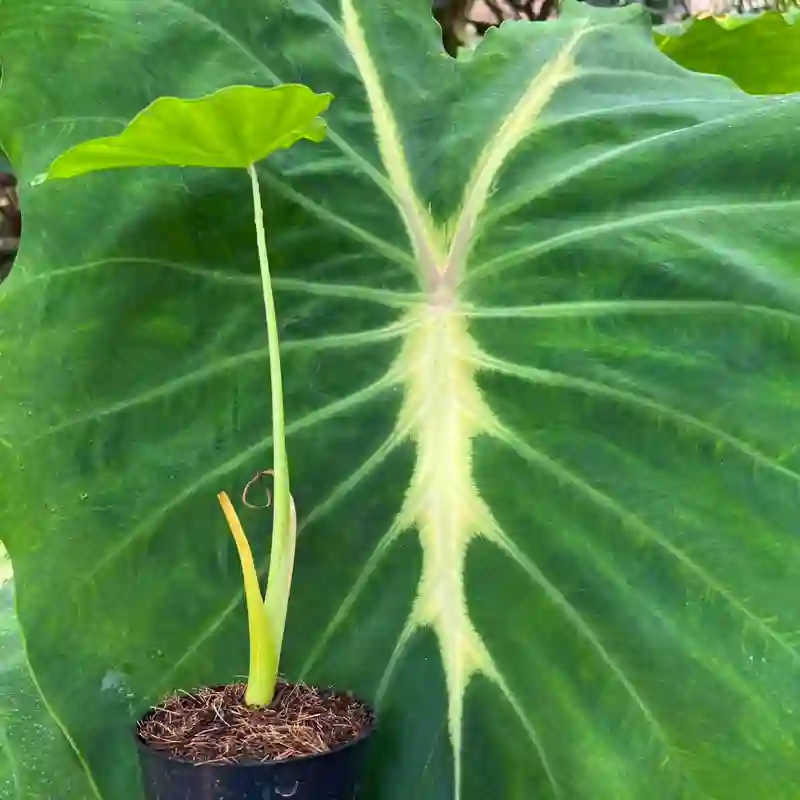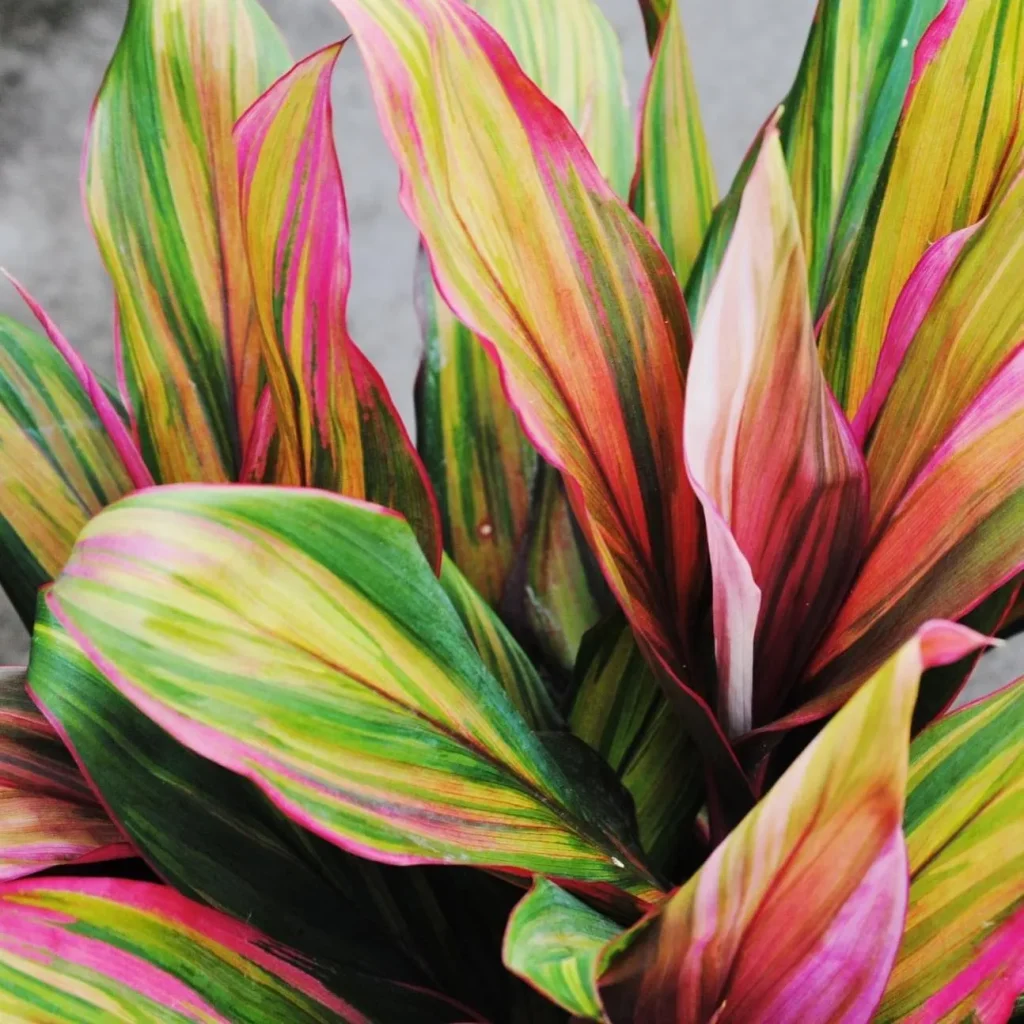FAQs About Lychnis Petite Jenny: A Gardener’s Perspective
Lychnis Petite Jenny, also known as Lychnis Flos Cuculi Petite Jenny, is a charming perennial that I’ve come to adore in my garden. With its delicate, double pink flowers and feathery foliage, it adds a soft, whimsical touch to any landscape. Over the years, I’ve learned a lot about caring for and propagating this plant, so I thought I’d share some frequently asked questions to help fellow gardeners enjoy the beauty of Petite Jenny Lychnis as much as I do.
What Is Lychnis Petite Jenny?
Lychnis Petite Jenny is a compact, clump-forming perennial that belongs to the Caryophyllaceae family. It typically grows to about 12-18 inches in height and spreads out to form a tidy, low-growing mound. The plant is prized for its long bloom period, usually from late spring to early summer, where it produces clusters of ruffled, soft pink flowers. The blooms are not only visually appealing but also attract pollinators like bees and butterflies.
How to Care for Lychnis Petite Jenny?
Caring for Lychnis Petite Jenny is relatively straightforward. It thrives best in full sun to partial shade and prefers well-drained soil. I’ve found that it performs exceptionally well in moist, slightly acidic to neutral soil. While it can tolerate dry conditions once established, I try to keep the soil consistently moist during the growing season to encourage more vigorous flowering.
Fertilizing isn’t necessary, but if you want to give your Petite Jenny Lychnis a boost, you can apply a balanced, slow-release fertilizer in early spring. Watering is crucial, especially during dry spells, but be cautious not to overwater, as this can lead to root rot.
How to Propagate Lychnis Petite Jenny?
Propagation of Lychnis Petite Jenny can be done through division or by sowing seeds. I’ve had great success with both methods, though dividing the plant is quicker and ensures the new plants retain the same characteristics as the parent.
To propagate by division, I usually dig up the plant in early spring or fall and gently separate the clumps. Each division should have a good amount of roots attached. I then replant the divisions at the same depth they were growing before, ensuring they are well-watered until established.
For those who prefer growing from seeds, Lychnis Petite Jenny seeds can be sown indoors in late winter or directly in the garden in early spring. The seeds should be lightly covered with soil and kept moist until germination, which typically takes 2-3 weeks.
How to Deadhead Lychnis Petite Jenny?
Deadheading Lychnis Petite Jenny is essential to prolong its blooming period. Once the flowers start to fade, I simply pinch or cut off the spent blooms just above a set of leaves or buds. This encourages the plant to produce more flowers rather than putting energy into seed production. Regular deadheading also keeps the plant looking tidy and prevents it from self-seeding excessively.
Lychnis Petite Jenny Pruning: When and How?
Pruning Lychnis Petite Jenny is a simple task. After the flowering period, I usually give the plant a light trim to remove any spent flower stems and leggy growth. This not only keeps the plant neat but also encourages a fresh flush of foliage. In late fall or early spring, I cut back the plant to the basal rosette to prepare it for the next growing season.
How to Plant Lychnis Petite Jenny?
When planting Lychnis Petite Jenny, I always consider companion plants that will complement its soft pink blooms. I’ve found that it pairs beautifully with other cottage garden favorites like Salvia, Nepeta, and Geraniums. These plants not only match the aesthetic but also thrive in similar growing conditions, making them ideal companions.
What Pests and Diseases Affect Lychnis Petite Jenny?
Lychnis Petite Jenny is generally pest-free, but like any plant, it can sometimes be affected by common garden pests such as aphids or slugs. To manage aphids, I often use a strong jet of water to knock them off or apply insecticidal soap if necessary. Slugs can be deterred with organic slug pellets or by placing copper tape around the base of the plant.
Fungal diseases such as powdery mildew can also be a concern, especially in humid conditions. To prevent this, I ensure good air circulation around the plants and avoid overhead watering. If powdery mildew does appear, I treat it with a fungicide specifically formulated for ornamental plants.
Can Lychnis Petite Jenny Be Grown in Containers?
Absolutely! Lychnis Petite Jenny is well-suited for container gardening. When planting in a pot, I use a high-quality potting mix and ensure the container has good drainage. I also make sure to water more frequently, as containers tend to dry out faster than garden beds. With proper care, Petite Jenny Lychnis can thrive and add a touch of elegance to patios, balconies, or any small garden space.
Final Thoughts
Lychnis Petite Jenny has become one of my favorite perennials due to its easy care, charming flowers, and versatility in the garden. Whether you’re looking to add a soft splash of color to your borders, fill a container, or attract pollinators, this plant is a wonderful choice. With the right care, including regular deadheading and occasional pruning, your Lychnis Petite Jenny will reward you with beautiful blooms year after year.
If i die, water my plants!



